Understanding Elementals & Their Role In Contemporary Paranormal Research
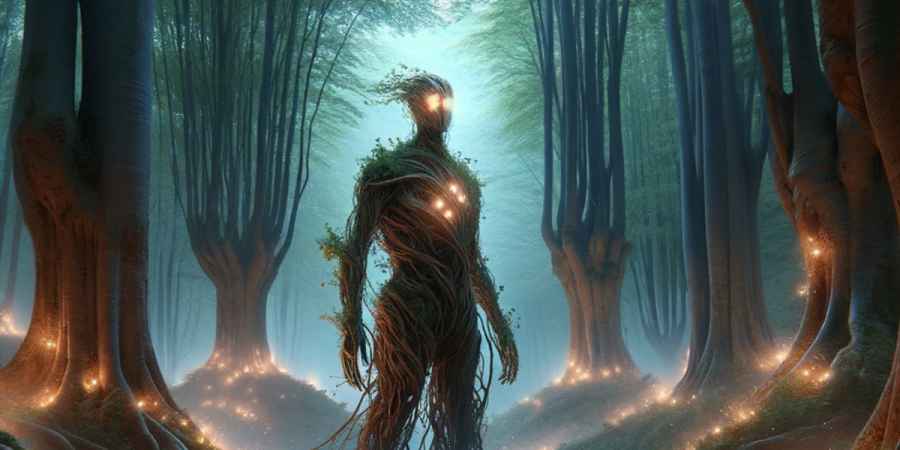

This page is more than one year old.
As someone with an interest in the paranormal, you've most likely come across the term "elementals," perhaps in connection with a famous haunting like that of Ireland's Leap Castle, or maybe you've encountered what you believe to be an elemental as part of a paranormal investigation. But what exactly are these supernatural entities?
Elementals are said to be non-human entities believed to be intimately connected with the forces of nature and the four classical elements: earth, water, air, and fire. This concept, while originating from the works of European Renaissance occultists and alchemists, notably the 16th-century Swiss physician Paracelsus, has found its way into contemporary ghost hunting and spiritual practices.
Paracelsus, a key figure in the development of the elemental theory, proposed that each of the four elements is inhabited by a distinct type of elemental spirit. Gnomes are said to dwell within the earth, undines in water, sylphs in the air, and salamanders in fire. These beings, according to Paracelsian thought, influence their respective elements and are essential to the natural world's balance and health.
In modern times, the belief in elementals has not only persisted but has also evolved, integrating into the practices of Wiccans, practitioners of nature-based religions, and ghost hunters. These contemporary enthusiasts often attempt to invoke, communicate with, or stumble upon elementals through various means, including rituals, spirit boxes, and Ouija boards, viewing them as guardian spirits of nature that can be both helpful and, if disrespected, potentially malevolent.
Interestingly, the concept of elementals also touches upon the darker aspects of paranormal encounters, such as the elemental ghost believed to haunt Leap Castle in Ireland. Described as a grotesque, half-animal, half-human entity formed from negative energy, it highlights the belief in elementals as powerful forces capable of affecting human experiences in profound and sometimes terrifying ways.
What's The Difference Between An Elemental & A Ghost?
One of the biggest issues with defining an elemental is distinguishing the differences between an elemental and a regular ghost. A ghost is, of course, defined as the spirits of the deceased who have not moved on to the afterlife for various reasons. The activities attributed to ghosts can range from subtle signs, such as cold spots and disembodied voices, to more overt manifestations, like apparitions and moving objects.
In contrast, elementals are not human spirits but are believed to be nature spirits that exist independently of human souls. Elementals are considered to be integral to the natural world, acting as guardians or manifestations of their respective elements with their own distinct purposes and behaviours.
Elementals can manifest in a variety of ways, often influenced by the element they are associated with. For instance, encounters with elementals might involve experiences of poltergeist-like activity, such as objects being moved or destroyed, aggressive physical interactions, or the hearing of unexplained music and sounds that evoke the natural world. These manifestations can be perceived as playful or mischievous in some cases, reflecting a trickster aspect of some elementals.
However, there is a lot of overlap in the behaviours of ghosts and elementals and the ways they are said to manifest. In fact, the range of activities attributed to elementals could, theoretically, be performed by human spirits, assuming their existence. This realisation can make differentiating between elementals and human spirits seem unnecessary or even arbitrary.
Being heavily rooted in the classical elements of earth, water, air, and fire, elementals exist within the confines of an ancient belief that these elements constitute the essential building blocks of the physical world. This system of elements has long been superseded by contemporary physics and chemistry, which offer a more complex and detailed understanding of the universe's building blocks.
This scientific revolution and subsequent advancements have fundamentally altered our understanding of the world, making it difficult to reconcile the existence of elementals with known physical laws and observations. The elements, as understood by ancient and mediaeval thinkers, do not correspond to the elements of the periodic table or the forces and particles recognised by physics today. This shift in understanding naturally challenges the existence and relevance of elementals, beings thought to embody these classical elements.
Oxygen Elementals?
Perhaps the idea of elementals could be reimagined to align with our current knowledge of the physical world. This would require the existence of entities associated with specific elements on the periodic table, such as oxygen, nitrogen, or carbon, rather than the broad classical elements of air, earth, fire, and water. This modern interpretation would reflect our advanced knowledge of the universe's building blocks, suggesting a more nuanced relationship between these entities and the physical world.
Of course, this idea remains firmly in the realm of speculation and creative thought, but in this context, an "oxygen elemental" might be conceptualised as a spirit or force intimately connected with the processes and phenomena involving oxygen, such as combustion, respiration, and ozone formation. Similarly, a "carbon elemental" could be associated with organic life, fossil fuels, and carbon cycling, playing roles in both nurturing life and influencing climate change.
Taking this idea of modern elementals further, we can start to imagine how they might interact with the environment and human activities, potentially influencing ecosystems, weather patterns, and even technological processes in ways that echo the ancient roles attributed to elementals but are grounded in contemporary science.
Putting this theory of periodic elementals aside, most believers in elementals can justify the link between the entities and the classical elements by focussing on their fundamental connection to nature. From this perspective, elementals can be seen as metaphors for the fundamental forces and energies that drive the natural world, rather than literal beings associated with outdated scientific concepts.
When it comes to ghost hunts, the equipment used, such as EMF (Electromagnetic Field) meters, spirit boxes, and temperature sensors, can also be relevant when investigating elemental activity. Investigators may look for environmental anomalies that correspond with the classical elements associated with elementals. For instance, sudden, unexplained spikes in temperature could be interpreted as signs of a fire elemental's presence, while unaccountable movements detected by motion sensors might suggest the activity of an earth elemental.
Whether viewed as guardians of nature, subjects of invocation in spiritual rituals, or eerie presences in haunted locations, elementals embody the enduring human desire to connect with the natural world and its mysterious inhabitants and underscore the human need to categorise experiences.
More Essential Parapsychology
See All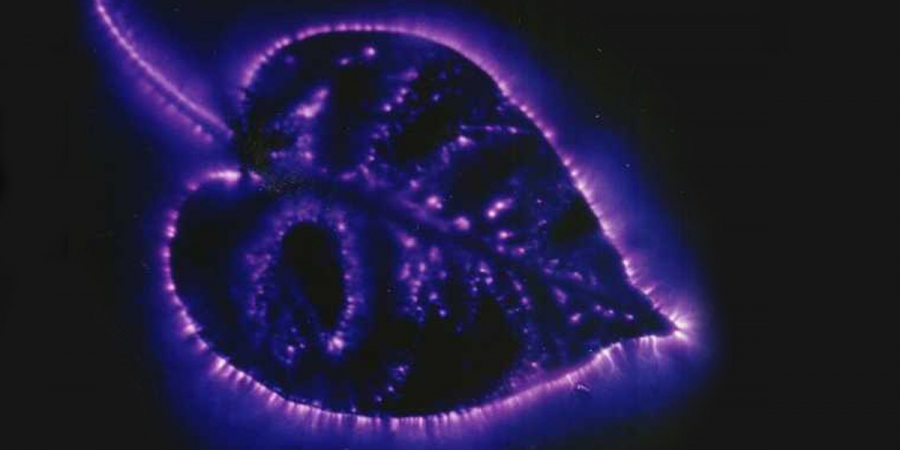
ArrayOctober 11, 2024
The Reality Behind Kirlian Photography’s Glowing Auras

ArrayOctober 07, 2024
Could Retroactive Psychokinesis Allow Us To Influence The Past?

ArrayOctober 05, 2024
What Spontaneous Cases Are & Why Parapsychologists Research Them
Further Reading
Dive into the world of the paranormal and unexplained with books by Higgypop creator and writer Steve Higgins.

The Killamarsh Poltergeist
The story of a family in Killamarsh experiencing strange and unexplained events in their home.
Buy Now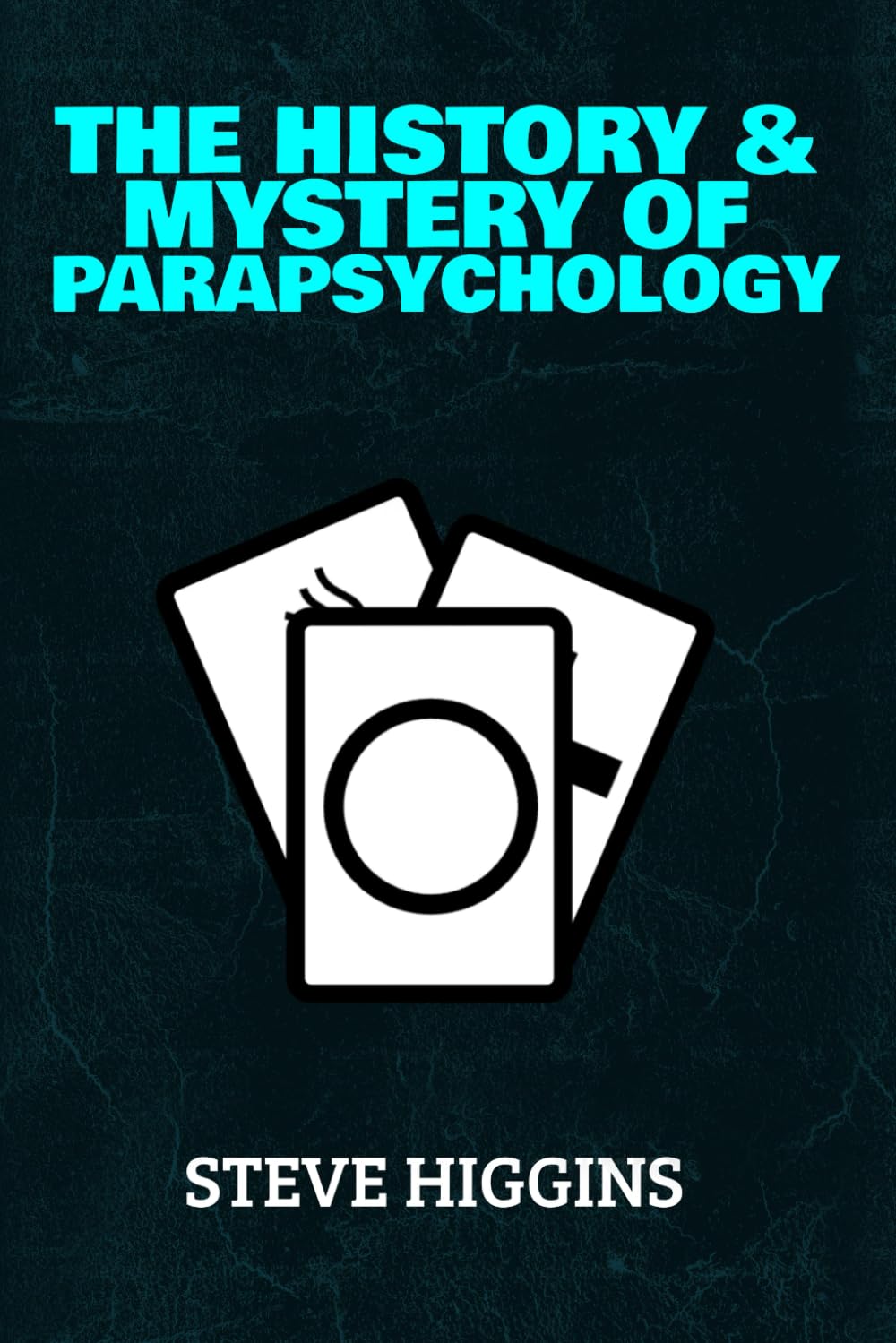
The History & Mystery Of Parapsychology
A deep dive into paranormal phenomena, exploring history, science, and psychology.
Buy NowMore Like This
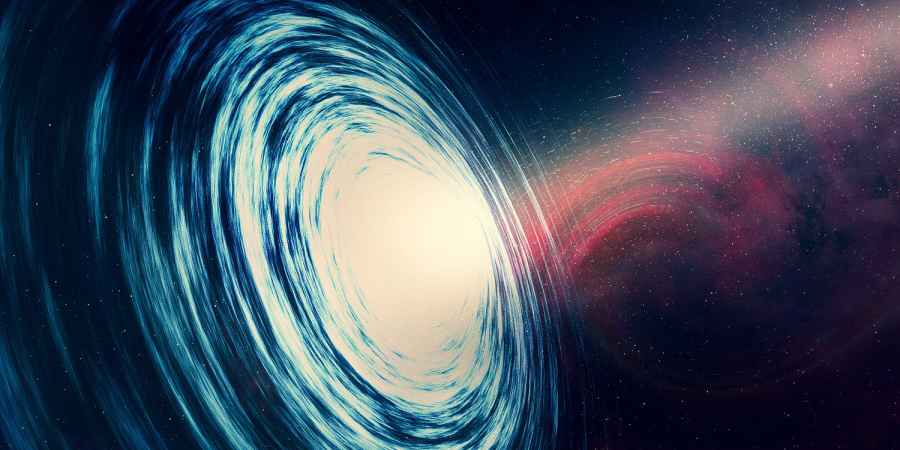
ScienceMarch 10, 2025
What Ghost Hunters Mean When They Talk About Dimensions
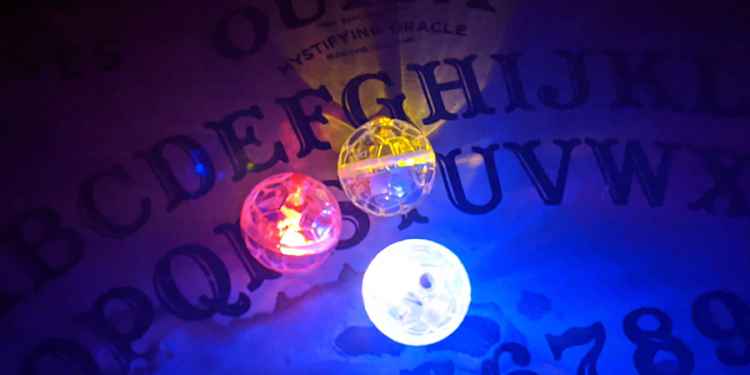
Ghost HuntingJanuary 26, 2025
These Are The Ghost Hunting Gadgets You Should Avoid If You Want To Be Taken Seriously As An Investigator
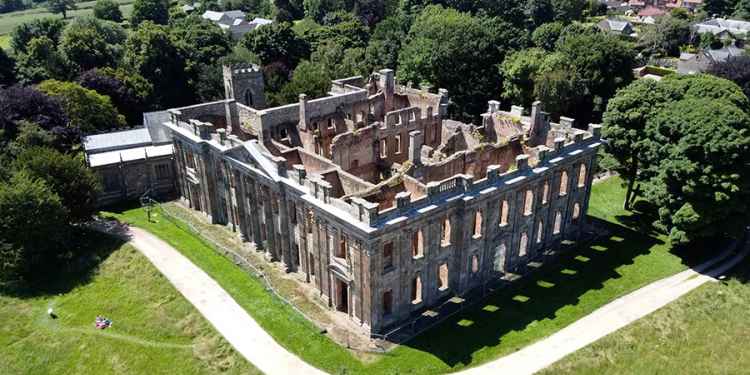
Haunted BritainDecember 25, 2024
2024's Most Popular Paranormal Hotspots In The UK
 See More on Audible
See More on Audible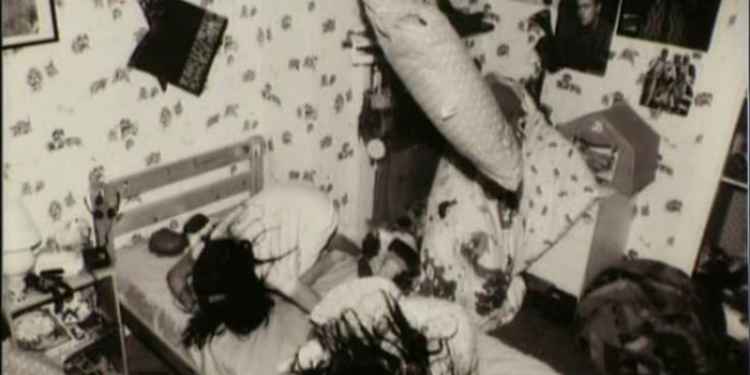


Comments
Want To Join The Conversation?
Sign in or create an account to leave a comment.
Sign In
Create Account
Account Settings
Be the first to comment.